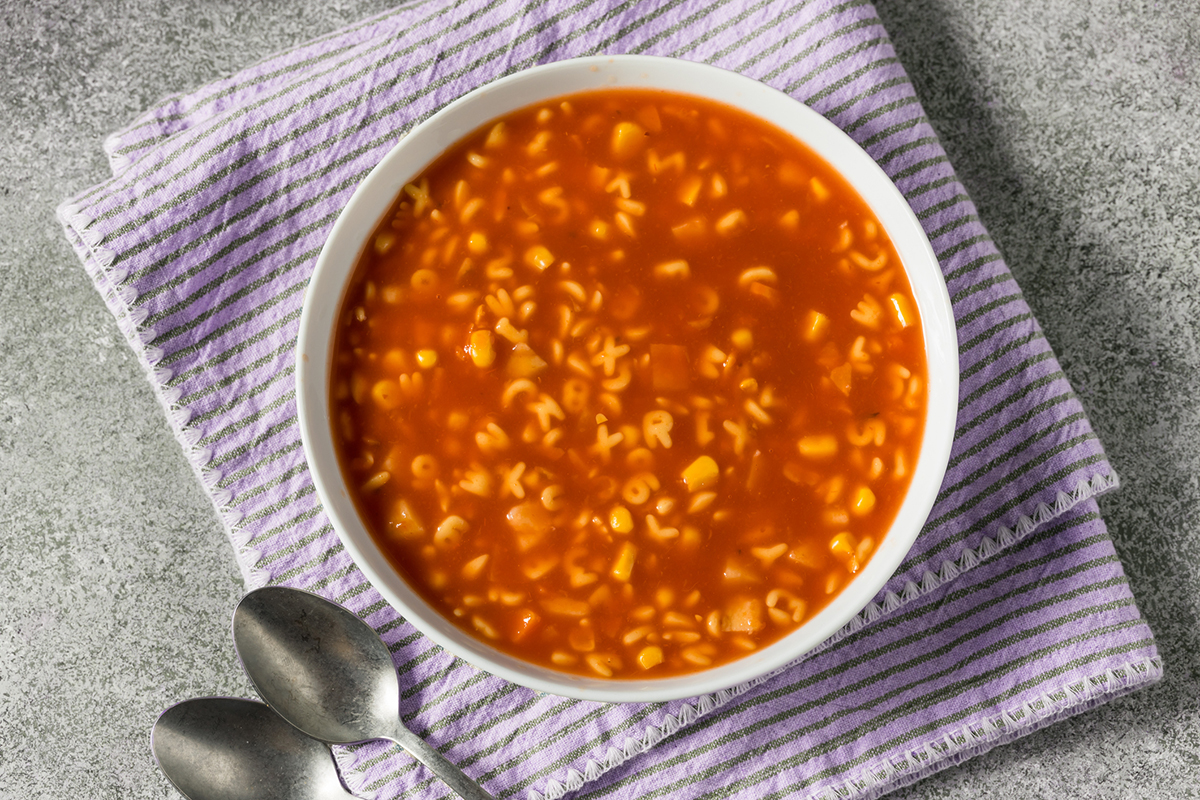Step right into the flavorful world of branding and design, where the mere mention of file formats can seem like a hearty bowl of alphabet soup! From .eps to .jpg, and from .png to .heif, it’s no wonder we can easily feel lost in this sea of file extensions.
Understanding the nuances of different file formats is key. Each one brings its own unique strengths and best use cases to the table. So, grab a spoon and let’s take a closer look at the most common formats:
1. EPS (Encapsulated PostScript):
First up, we have EPS, a versatile format that’s like the sturdy foundation of our soup. EPS is primarily used for vector-based designs such as logos and illustrations. Why? Because EPS files are resolution-independent, meaning they can be scaled up or down without losing quality. They are a favorite choice for printing, as they guarantee sharp images. When it comes to flexibility and compatibility with design software, EPS is a reliable option.
2. JPG (Joint Photographic Experts Group):
Next in line, we have JPG, a popular ingredient that’s perfect for photographs and images with complex color compositions. JPG files are compressed, which reduces their file size, making them ideal for web graphics, social media, and email attachments. However, it’s important to note that this compression sacrifices a bit of image quality. So, if you’re working with detailed designs or need images with transparency, JPG might not be the best choice.
3. PNG (Portable Network Graphics):
Ah, the appetizing PNG! It’s a flavorful option, especially for designs that require transparency, such as logos, icons, and other graphics. PNG files use lossless compression, meaning they retain all the image data without sacrificing quality. This makes PNG perfect for crisp graphics on the web or any design that needs a transparent background. Keep in mind that PNG files tend to have larger file sizes than other formats, so consider your file storage and website loading times when using PNG.
4. TIF (Tagged Image File Format):
Just like a rich and satisfying broth, TIF is a format that preserves every drop of detail. TIF files are known for their high-quality images and lossless compression, making them perfect for archiving or printing purposes. Professional photographers and graphic designers often choose TIF for its ability to preserve the integrity of their work. However, keep in mind that TIF files can be quite large, so they may not be the best choice for web use.
5. WEBP (Web Picture):
Now, let’s add a modern twist to our soup with the flavorful addition of WEBP. Developed by Google, WEBP is a relatively new format that combines high image quality with small file sizes. It’s perfect for web graphics, as it helps optimize loading times and overall page performance. While WEBP is gaining popularity, it’s important to note that some older browsers may not support it. So, make sure to consider your audience and web compatibility when using WEBP.
6. GIF (Graphics Interchange Format):
Next up, we have the lively and animated GIF! GIF files are known for their ability to bring designs to life with short looping animations. They are widely used in social media posts, online advertisements, and website elements. GIFs work well for simple animations and can support transparency, making them an exciting choice for adding movement to your designs. However, keep in mind that GIFs have a limited color palette and can result in larger file sizes than other formats.
7. HEIF (High Efficiency Image Format):
Another fairly new soup ingredient is HEIF, a modern and efficient format that offers high-quality images with smaller file sizes. HEIF files can store multiple images or even image sequences, making it perfect for capturing Live Photos on iPhones or creating photo collections. While HEIF is gaining popularity, it’s worth noting that compatibility with all devices and platforms may vary, so ensure your audience can view HEIF files before utilizing them extensively.
8. PDF (Portable Document Format):
Last but not least, we have the versatile and universally beloved PDF! While not specifically a graphic format, we can’t ignore the impact PDF has on our design soup. PDF files are ideal for sharing documents that need to retain their formatting and layout across different devices and operating systems. This format is perfect for e-books, brochures, and print-ready files. Plus, with interactive features and secure encryption, PDF ensures your designs are delivered intact.
Choosing the Right Format:
Now that we’ve explored the various graphic file formats, you might be wondering which format to use in different situations. Here’s a quick recap to guide you:
- EPS: Ideal for scalable vector-based designs like logos and illustrations.
- JPG: Great for web graphics and photographs with complex color compositions.
- PNG: Perfect for graphics that require transparency, such as logos and icons.
- TIF: Excellent for high-quality printing and archiving purposes.
- WEBP: A new choice for web graphics, focusing on small file sizes and efficient loading times.
- GIF: Perfect for short, looping animations.
- HEIF: A modern format for capturing live photos or image sequences.
- PDF: Versatile for preserving layouts and sharing documents across devices.
You can also download The Ultimate File Format Guide here.
Remember, the key is to understand your specific design needs and consider the purpose and platform where your graphics will be used.
Now that you’ve mastered the art of navigating the alphabet soup of graphic file formats, you can confidently choose the right format for your designs, ensure they look their best and perform optimally across various mediums.
If you have any questions about graphic file formats or need assistance with your branding and design needs, don’t hesitate to reach out! We’re passionate about helping small businesses make smart design choices. Schedule a call with Gen to get started.

No Comments